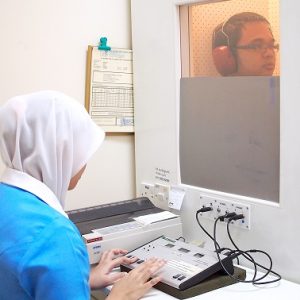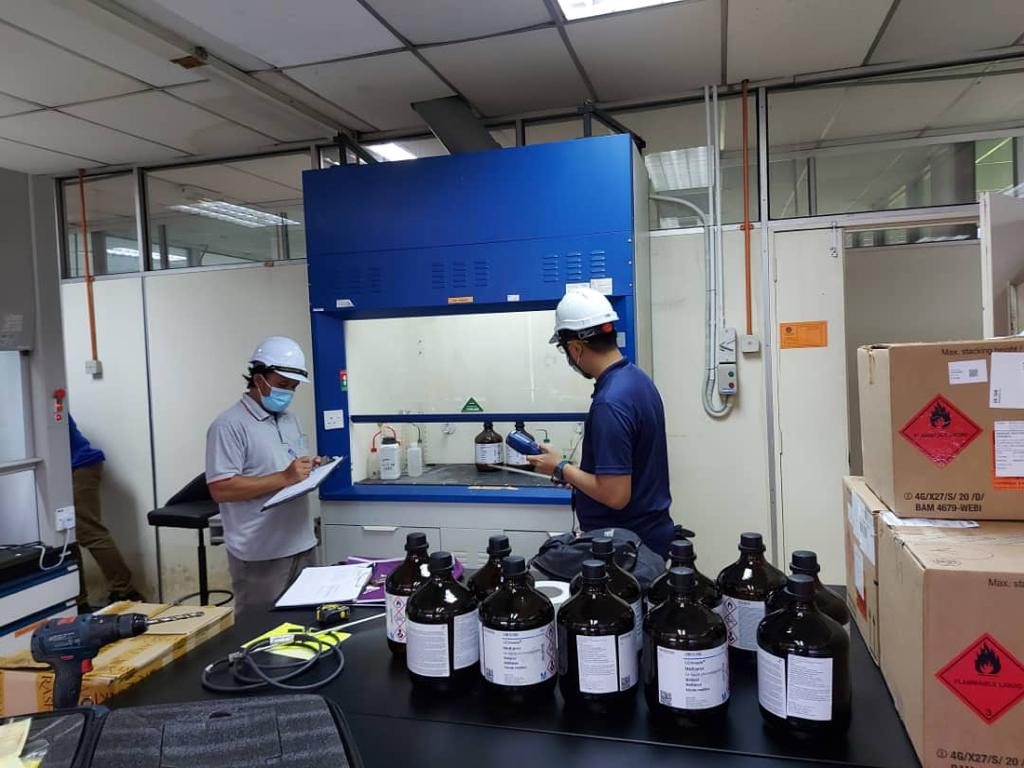What is Occupational Health?
Occupational health is a determinant of workers’ health, including risks for disease and injury in the occupational environment, social and individual factors, and access to health services. TTMC aims to be a one-stop Occupational Health Centre, with years of experience in medical care and hospitality excellence, we strive in providing quality and first-class OH services to all our clients.
Engaging with a diverse spectrum of services from occupational health consultancy, fitness and return to work assessment, health screening and offer, drug and alcohol screening, medical surveillance and support, we are confident that our exemplary work has set a new benchmark for all occupational health services. Our aim is to eliminate and prevent work-related causes of ill health, achieve maximum staff productivity and improve the sense of wellbeing and morale within your workforce.

